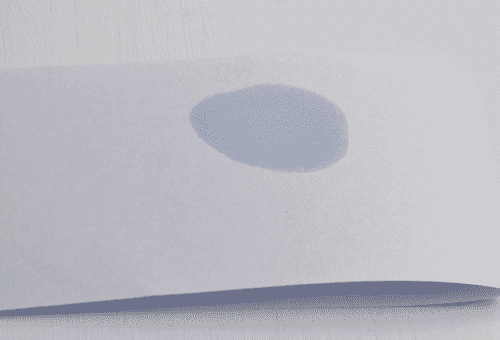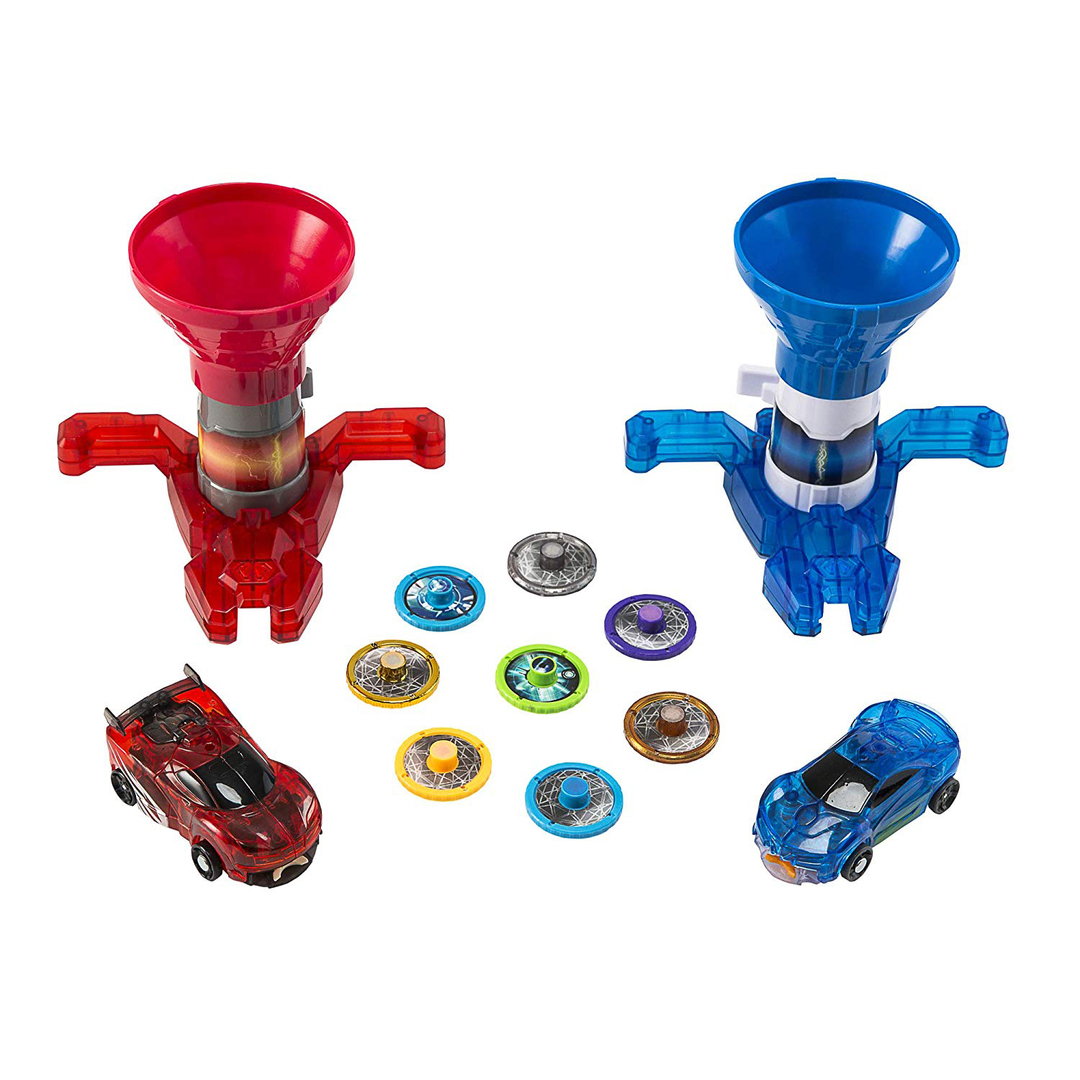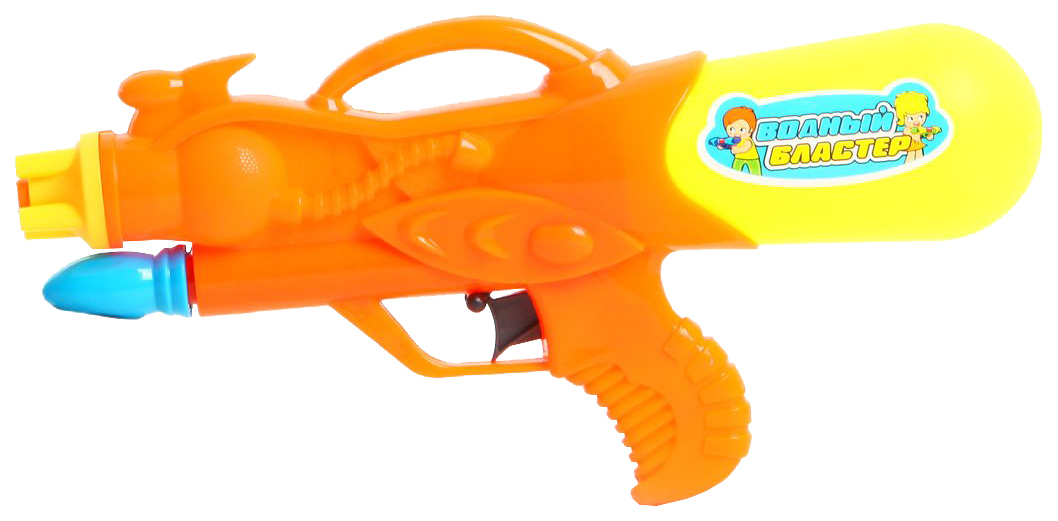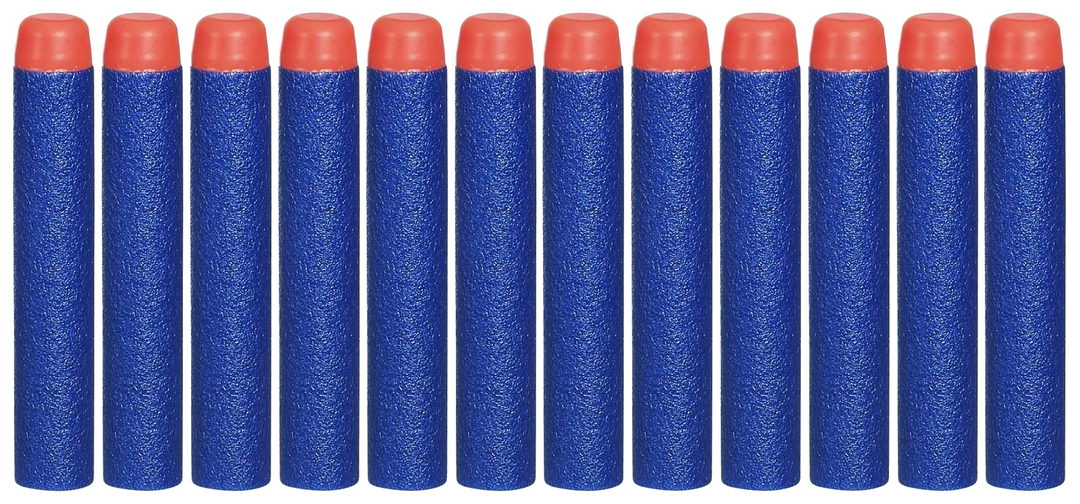Contents:
- Rules for working with paper products when removing stains
- Chemical variants of exposure to greasy traces covering the paper surface
- How to eliminate fatty stains using physical techniques?
Among all the diversity of life situations, one often has to think about solving the most incredible tasks. For example, after children's games or a dense dinner next to working papers, there may be a question as to how to remove a fat stain from paper and whether this is possible in principle. As practice shows, even such a problem can be solved by approaching it wisely. If desired, it is possible to remove even persistent perennial stains, which often appear on the wallpaper, without resorting to cosmetic repair.

Rules for working with paper products when removing stains
Before you start to work on the contamination affecting the paper surface, you need to familiarize yourself with a number of important points, otherwise the risk of damage to the product increases:
- If you need to clean the wallpaper, do not immediately resort to folk techniques,they can do much harm. First you need to consult the manufacturer of the products or at least evaluate their texture. With some wallpaper, fat is easily and easily erased by an ordinary eraser, and any chemical compound can only strengthen the severity of education.
- Paper belongs to a group of very fragile objects, so the mechanical effect on it should be minimized. Trying to get rid of fat, it is better to rely on physical and chemical techniques.
- When working with paper, do not rely on funds designed for working with fabric, this is fraught with damage to the surface.
- Paper can also be different. The newspaper and the photo react to the same effect in different ways, so it is recommended that you first try the chosen method on an unnecessary analog of the damaged product.

If it's necessary to restore an expensive or delicate thing, do not take risks, it is better to immediately contact professionals who will assess the degree of pollution and quickly solve the problem. Depending on the type of affected surface, it can be specialists from dry cleaning, photolaboratory, printing.
Chemical variants of exposure to fatty traces covering the paper surface of
The most effective variants of exposure to grease stains are approaches that imply the use of chemical reagents. At home, these can be:

White clay powder
- White clay. We take a powder of white clay and dilute it with cool boiled water in equal proportions. The resulting homogeneous mass is applied in a thin layer to the problem area and left to dry completely. Then we erase the formed crust with a soft sponge. We lay the sheet with paper towels and leave to dry. If you can not remove the stain completely, you can repeat the procedure.
- Table salt. The soiled area can be sprinkled with fine table salt, covered with a paper towel and carefully pressed with something heavy. The fat will pass to the crystals and will be fixed on the paper.
- Starch. Spoon the corn or potato starch in a glass of water. The resulting solution is carefully applied to the stain using a sponge or cotton pad. Leave the area to dry and then gently clean the mixture with a soft cloth without pile.
- Petrol. Sheet with the dirt spread on a paper towel, take a sponge, wet it in gasoline and gently blot the stain. We take another paper towel, cover the sheet and get wet in the area of fatty formation. Towels are changed several times.

Careless application of these techniques can irreversibly damage the material, so it is necessary to act extremely carefully, without exceeding the standard dosages and without neglecting the rules.
How to eliminate fatty stains using physical techniques?
For the treatment of delicate and thin surfaces, it is better to use preparations that purport to be cleaned on a physical basis. With the fact that the risk of damage to products is much lower, these approaches are characterized by pronounced efficiency:

- Iron. We put the stained sheet on a flat, dense surface, cover it with a clean paper napkin or blotter and start ironing the affected area with a slightly warm iron. As the transition of fat to a napkin, we change it to a new one or turn it by a clean area.
Tip: This method is effective, but very tricky. If you lightly restrain the iron or do not replace the napkin in time, the fat will again return to the paper, but this time it will fix and remove it will be problematic. For a site covered with ink, this is also not the best option, becausein the process of exposure, it is possible to print the font on the auxiliary surface.
- Mel. The effectiveness of the previous approach can be improved by pouring a little ground chalk onto the stain before ironing. As the transition of fat, you need to update the layer of chalk and napkin.
- Chalk and bread. A longer, but absolutely safe, approach. Chalk grind to the state of the powder, apply the substance on the stain dense layer. We remove the sheet in a safe place without drafts for three days. Through this time, take a little crumb of fresh white bread and clean it formed crust.
- Bread. Take a little crumb of black bread and, without rubbing it, forcefully apply to the spot. Crumbs, saturated with fat, clean and change to new ones. We act this way until we completely remove the stain.
The proposed methods can contribute to the cleaning of the paper surface even from the old stale spots. But you do not need to use all methods at once. It is better to start with the most sparing, if necessary, turning to more aggressive ones.



